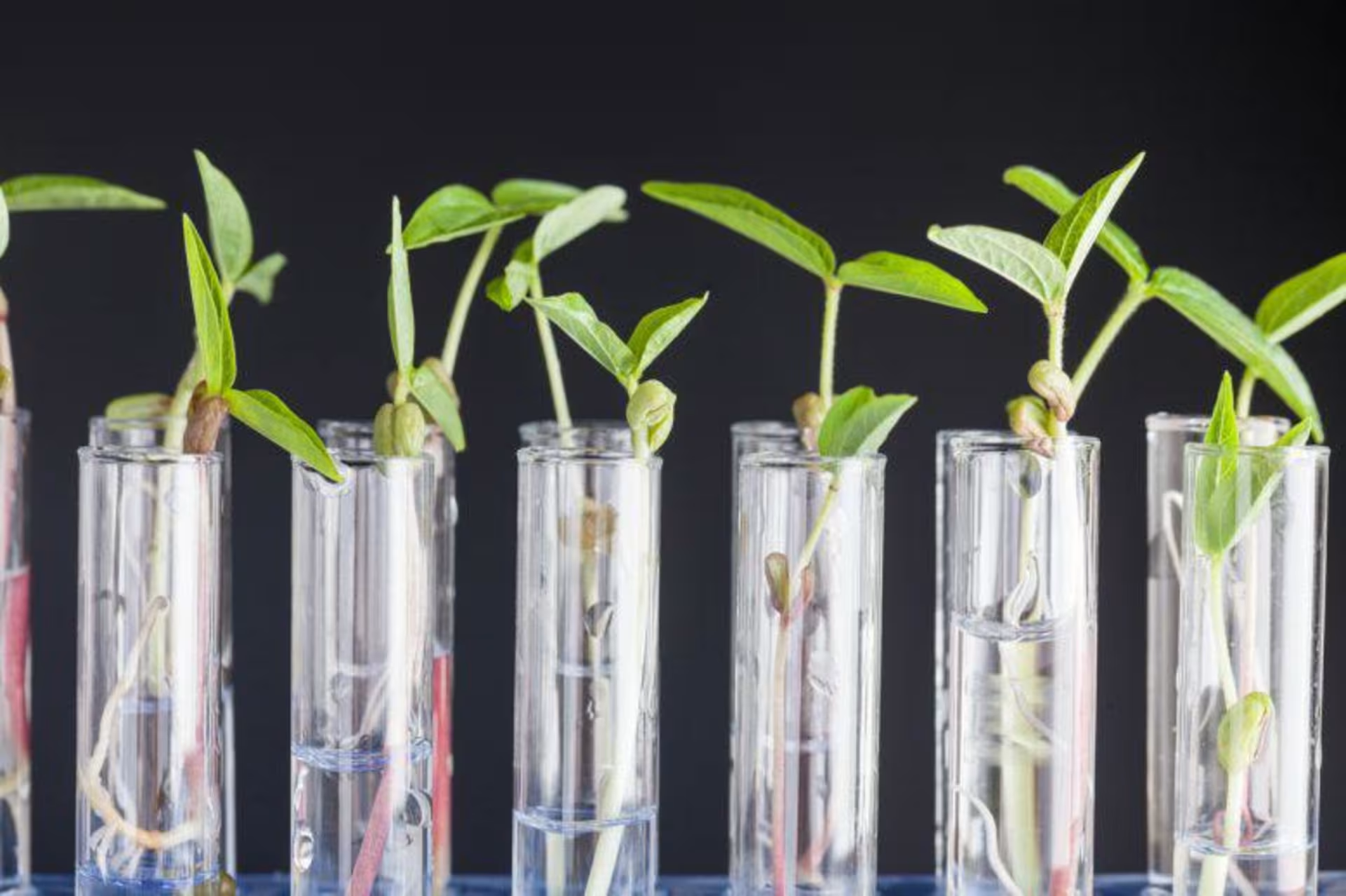
Speak with a University Counselor today.
The views and opinions expressed in this article are those of the author’s and do not necessarily reflect the official policy or position of Grand Canyon University. Any sources cited were accurate as of the publish date.
The Institute for Environmental Sustainability is a Research and Design Program (RDP) that was established by Grand Canyon University’s College of Science, Engineering and Technology to give students and faculty the opportunity to research and address environmental problems, using cross-disciplinary approaches. Dr. Randhir Deo is the administrative principle investigator (PI) for this program.
There are several research topics initiated in this program:
Dr. Deo and I are co-PIs for the Bioremediation, Measurement and Meta-Analysis of Environmental Contaminants research group. I will refer to this as phytoremediation research. Dr. Berenise Charlton and Dr. Andrej Sodoma are also involved in this research project.
The phytoremediation research project is intended to assess the effect of environmental contaminants on plant growth. We will also investigate the potential for using plants to remove the contaminants from the growth medium. Several types of plants will be grown using hydroponics in order to more clearly analyze these interactions.
So far the students have focused on literature searches for journal articles on pharmaceuticals in the environment and are in the process of analyzing and grouping those. Two student researchers, Sarina Harris and Christina Mortensen, gave a presentation of their literature findings to our group just before summer and some of our investigations will build on that information.
We plan to begin with assessment of the effects of salinity on plant growth. Hydroponics units will be established, each with a different concentration of salt. Plant growth parameters in each of those will be measured to understand the effects of increasing salinity on plant growth. Student researchers will gain experience in growing the plants, various measures of plant growth and plant health, plant sample preparation and salinity measures. They will be encouraged to implement their ideas in a variety of areas, including plant measurements. The plant sample preps and measurements will be useful in the next phase of the project. Analysis of the data will be a valuable portion of the project, providing experience with datasets, regression techniques and other statistical tests.
Researchers will then bring those experiences to the pharmaceutical portion of the project. Plants will be tested in a similar fashion, but assessing the plant responses to representative pharmaceuticals that are found as contaminants in built and natural water environments. We will also explore the potential for plants to remove those pharmaceuticals from soils treated with biosolids. Additional analyses and instrumentation will be required for this, so student researchers will gain experiences in those areas. They will be encouraged to work with all faculty involved in the project to gain a greater range of experiences.
I am looking forward to working with our research students. They have shown interest and ability, as well as patience, and I’m expecting to see some very good work from them.
Grand Canyon University’s College of Science, Engineering and Technology supports excellence across all of our academic disciplines. To learn more, visit our website or contact us today using the Request More Information button.